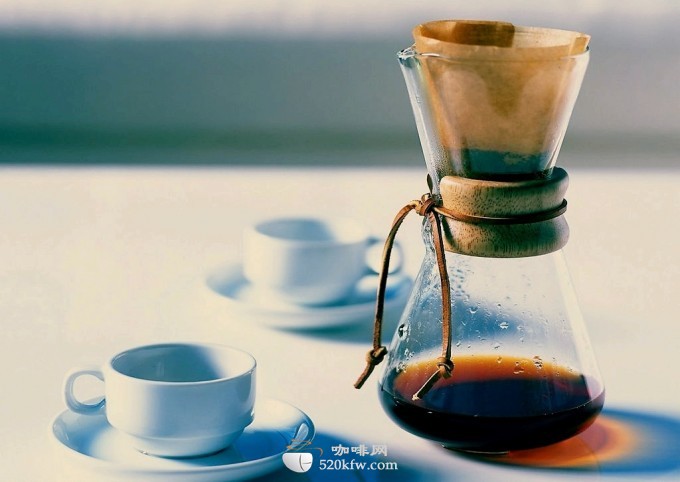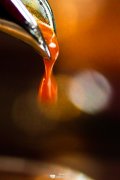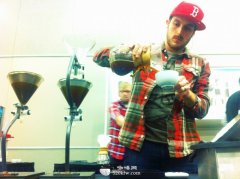Coffee common sense recommends several classic coffees

Pure coffee: hot ice
The following coffee making methods: HARIO siphon pot
Single hot coffee We offer table service on site
1: Jamaica Blue Mountain Coffee
Country of origin of coffee beans: Jamaica Blue Mountains
Country of coffee import: Spain
Baking recipe: medium baking
Flavor: Very intense aromas with persistent fruity notes
Blue Mountain coffee beans used in this shop for China's only authorized Granell Lenner Company-genuine protection!
Jamaica Blue Mountain Coffee Introduction: Blue Mountain Coffee is the world's most superior coffee. And the output is less, the material is rare for expensive. Pure Jamaica Blue Mountain Coffee perfectly blends the unique sour, sweet, bitter and alcohol flavors of coffee to form a strong and attractive elegant flavor. People who love Blue Mountain Coffee say: 'It is a coffee beauty with all the advantages of good coffee.'
2: Ethiopian Yirga-cheffe
Origin: Ethiopia
Growth altitude: more than 1800 meters
Processing method: washing method processing
Ethiopia yejia sherry coffee is petite, but gentle and delicate, sweet and pleasant. As the home of coffee, Ethiopia's millennia of growing and processing traditions have resulted in high-quality washed Arabica beans. Light baked with unique lemon, floral and honey sweet aromas, soft fruit acids and citrus notes, fresh and bright taste. No milk, no sugar, let the rich texture and unique soft floral brush your taste buds, leaving endless aftertaste…
3: Kenya (KENYA)AA
Origin: Africa-Kenya
Growth altitude: 1500-2100 m
Roasting Degree: FULL CITY ROAST
Processing method: washing method processing
Acidity: 4 Alcohol: 3 Flavor: 4 Flavor: 5
Kenya is located in the east of Africa, the equator runs through the central region, there are many plateaus in the territory, the average altitude is 1500 meters,
Coffee beans from Kenya have a slight fruity and fruity aroma. The taste is perfect and rich. The aroma and sweetness are top grade!
4: Tanzania AA
Origin: Tanzania
Growth altitude: 1350-1800 m
Processing method: washing method processing
After drinking Tanzanian coffee for a long time, especially peaberry, the aroma is charming and refreshing, always impressing those who have drunk it. If you have experience with Tanzanian locals, you can feel their simplicity, frankness and enthusiasm, just as profound as the coffee they produce; you can experience the different coffee flavors produced by different ethnic groups, and experience the same land breeding coffee trees and people.
Two: fancy coffee: (Americano) hot ice
1: Cappuccino coffee
How to make: Siphon pot coffee cup, cup bottom put a small amount of sugar, coffee top sprinkle milk foam, sprinkle cinnamon powder lemon shreds;
Cappuccino "tastes sweet and bitter, but consistent taste." It means that waiting is sweet with bitterness, with faithful sincerity, and will not change your heart."
Cappuccino: I love you, I like you very much.
Cappuccino: I love you, waiting for love!
2: Dance latte coffee
The famous phrase "I'm not in a cafe, I'm on my way to a cafe" was uttered by a musician in Vienna. The air in Vienna is always filled with music and latte coffee. The first person to add milk to coffee was a Viennese named Kochski, who also opened the first coffee shop in Vienna.
A good cup of coffee is not just a drink, but a personal experience. Either way, latte is worth trying, maybe you will have a different understanding of it, and how many interpretations can you make of it?
3: Chocolate mocha coffee
How to make: Put chocolate sauce 1 OZ at the bottom of the cup. Make a cup of coffee topped with cream and garnish with chocolate.
Some people say mocha is a certain origin, some people have the impression that mocha is sweet chocolate coffee. In fact, authentic mocha coffee is only produced in Yemen, southwest of the Arabian Peninsula, growing on steep mountain sides at altitudes of 3,000 to 8,000 feet. It is also the oldest coffee in the world!
Today, this chocolate mocha coffee is carefully prepared for you using fine coffee beans and rich chocolate with rich whipped cream.
4: Tears of Angels Irish Coffee
How to make: Irish coffee special cup, sugar cube, Irish whiskey, make coffee cup, cream, salt.
Would you like some tea or coffee?
Irish coffee is an intoxicating and sad love story. At the moment of parting, a cup of pure Irish coffee for your loved one is a silent and sad complaint.
Important Notice :
前街咖啡 FrontStreet Coffee has moved to new addredd:
FrontStreet Coffee Address: 315,Donghua East Road,GuangZhou
Tel:020 38364473
- Prev

Coffee Common sense Italian Coffee espresso extraction method
The golden rule of an ideal espresso indicates the extraction time and the amount of extraction. The golden rule is a good guideline, but in many cases, color is a better indicator of grinding thickness and whether the packing is correct or not. When using a normal cooking handle, you can also get a lot of symptoms by carefully observing the flow out of the diversion head. Color can tell you when to stop extracting.
- Next

Coffee common sense analysis method of hand-brewing coffee
1. The folding filter paper is installed on the drip filter coffee machine, and the edge connecting part is folded in the opposite direction along the line of the filter paper. 2, put in the coffee powder with the same number of people, flatten the surface, the best amount of powder is medium grinding, the amount of powder is: coffee powder water standard 1 12g 120-150cc 2 20g 300cc 3 30g 450cc 3, inject hot water for the first time, the water temperature is 85 degrees, make the powder
Related
- Beginners will see the "Coffee pull flower" guide!
- What is the difference between ice blog purified milk and ordinary milk coffee?
- Why is the Philippines the largest producer of crops in Liberia?
- For coffee extraction, should the fine powder be retained?
- How does extracted espresso fill pressed powder? How much strength does it take to press the powder?
- How to make jasmine cold extract coffee? Is the jasmine + latte good?
- Will this little toy really make the coffee taste better? How does Lily Drip affect coffee extraction?
- Will the action of slapping the filter cup also affect coffee extraction?
- What's the difference between powder-to-water ratio and powder-to-liquid ratio?
- What is the Ethiopian local species? What does it have to do with Heirloom native species?

